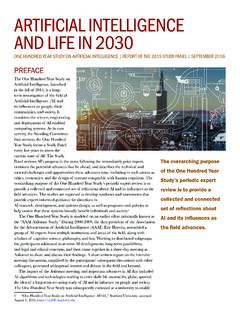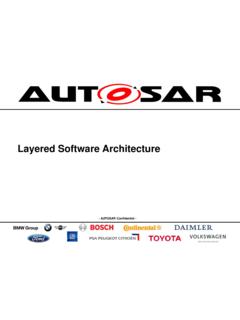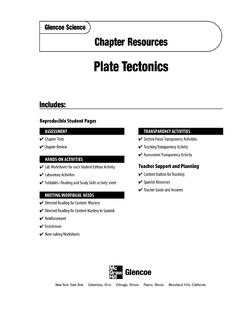Transcription of The Investment Casting Process
1 The Investment Casting ProcessJoseph E. FritzExecutive DirectorInvestment Casting InstituteBackground Originally developed by ancient Chinese and Egyptian culture to create artwork Primarily used for art until development of the jet turbine engine at the end of World War II Since that time it has become an enabling technology in today s top industries Aerospace and Defense Power Generation Automotive Oil and Gas Space Exploration Medical / Orthopedics Agriculture Construction Commercial and Consumer productsSome of the Benefits of Investment Casting Superior surface finish Wide range of alloys Complex, near net geometries Fine detailThe Investment Casting ProcessCreating a Wax Pattern In today s manufacturing world, wax patterns are typically made by injecting wax into a metal tool or die With the evolution of Additive Manufacturing, patterns can be printed In the art community.
2 One of a kind pieces are carved by the artist from wax blocks For multiple castings, a silicon tool is usually made from the artist s sculpture and wax is injected or poured into the resulting cavityWax Tree Assembly It is typically uneconomical to make small parts one at a time, so wax patterns are typically attached to a wax sprue The sprue serves two a mounting surface to assemble multiple patterns into a single mold, which will be later filled with a flow path for the molten alloy into the void created by the wax pattern(s) The wax between the pattern(s) and the sprue are called Gates , because they throttle the direction and flow of the alloy into the void made by the patternShell Building The next step in the Process is to build a ceramic shell around the wax tree This shell will eventually become the mold that metal is poured into To build the shell, the tree is dipped into a ceramic bath or slurry After dipping, fine sand or stucco is applied to the wet surface The mold is allowed to dry, and the Process is repeated a number of times until a layered (or laminated)
3 Ceramic mold, capable to undergo the stresses of the Casting Process , has been builtDewax / Burnout Before pouring metal into the mold, the wax is removed This is typically done using a steam-dewax autoclave, which is like a large, industrial pressure cooker Another method is the use of a flash fire oven, which melts and burns off the wax Many foundries use both methods in concert Autoclave removes the majority of the wax, which can be reconditioned and reused Flash fire burns off residual wax and cures the shell, readying it for castingMetal Pouring Before the metal is poured into the ceramic mold or shell , the mold is preheated to a specific temperature to prevent the molten alloy from solidifying or freezing off before the entire mold is filled Alloy is melted in a ceramic cup (called a crucible) using a Process known as induction melting A high frequency electric current creates a magnetic field around the alloy, generating electric fields inside the metal (eddy currents)
4 The eddy currents heat the alloy due to the material s electrical resistance When the alloy reaches its specified temperature, it is poured into the mold, and the mold is allowed to coolShell Knock Off Once cool, the shell material is removed from the metal This is typically done via mechanical means Hammer High Pressure Water Blast Vibratory Table Shell removal can also be accomplished chemically, using a heated caustic solution of either potassium hydroxide or sodium hydroxide, but this approach is being phased out due to environmental and health concernsCut Off Once the shell material has been removed, the parts are cut off the sprue and the gates are ground off Part cut off can be done manually Chop saw Torch Laser (limited applications) Parts can also be cut off using automation, that is, the mold can be secured using a fixture on a programmable cut off saw Individual Castings Once the parts are removed from the sprue, and the gates removed, the surface can be finished via a number of means Vibratory/Media finishing Belting or hand grinding Polishing Finishing can be done by hand, but in many cases it is automated Parts are then inspected, marked (if required), packaged and shipped Depending on the application, the parts can be used in their net shape or undergo machining for precision mating surfacesSummary From Egypt and China to modern day manufacturing, Investment Casting has evolved from an art to a high technology enabler In our everyday lives, Investment castings can be found all around usQuestions?
5 Call the Investment Casting Institute at 201-573-9770.








